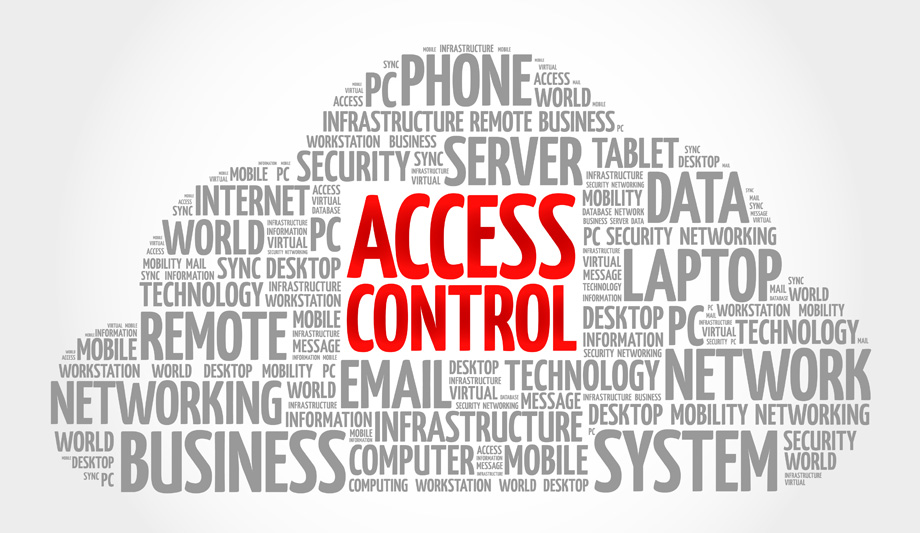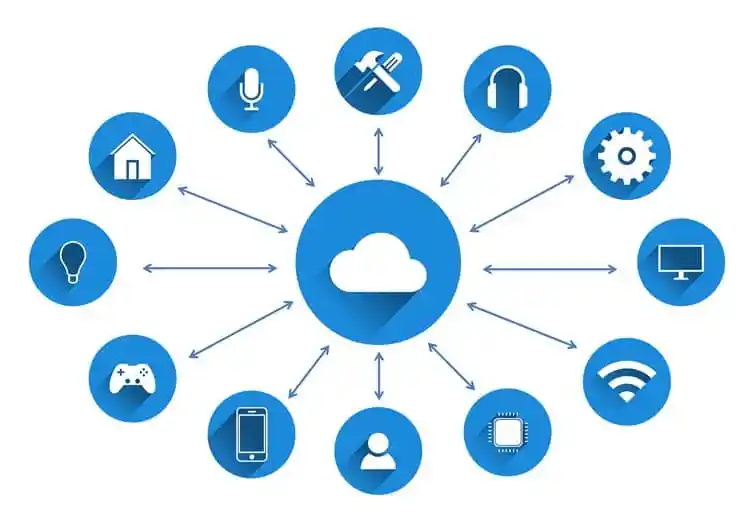Why UK Businesses Are Switching to Cloud-Based Access Control Solutions
As UK organisations rethink security and remote management, the shift towards cloud based access control solutions is unmistakable. This guide explains why businesses choose cloud based access control solutions and how to evaluate options for scale, security, and cost.
What Are Cloud-Based Access Control Solutions?

At their core, cloud based access control solutions replace traditional on-premise controllers with managed, internet-hosted platforms. Instead of local servers, administrators use web consoles and apps to grant access, run reports, and manage users. Many cloud based access control systems offer mobile credentials, integration with CCTV and alarm systems, and automated updates. The move to cloud architectures brings centralized administration and the ability to manage multiple sites from a single pane of glass, streamlining processes that once required on-site visits.
Key Benefits Driving Adoption in the UK

UK businesses cite remote management, reduced capital expenditure, and faster deployment as top benefits of cloud based access control solutions. Centralised control across multiple sites reduces admin overhead and makes compliance simpler. Cloud platforms also prioritise redundancy and uptime, while vendors publish SLAs to reassure customers. For multisite organisations, the ability to push policy changes instantly and revoke credentials in real time is a major operational advantage.
Security, Encryption and GDPR Considerations
Security remains the leading concern when moving to the cloud. Reputable cloud based access control solutions providers use strong encryption, multi-factor authentication, and regular third-party audits. Choosing a vendor with UK data residency options and clear GDPR processes helps mitigate privacy risks. Look for ISO certifications and transparent incident response policies, and require a data processing agreement that clarifies responsibilities for controllers and processors.
Essential Features to Evaluate
When comparing cloud based access control systems, focus on mobile access, offline failover, integrations (CCTV, HR), user provisioning, and analytics. Flexible API access and support for standards like SAML and OIDC are important for enterprise environments. Also consider the vendor’s backup and disaster recovery strategy and whether mobile credentials support industry-standard secure elements, ensuring credentials can’t be trivially cloned or replayed.
Total Cost of Ownership (TCO) and ROI
Switching to cloud based access control solutions usually shifts spending from CAPEX to predictable OPEX. Subscription models lower upfront hardware and software costs, but examine long-term licensing and per-door fees. Calculate savings from reduced onsite maintenance, fewer upgrades, and consolidated administration across sites. For many UK businesses, the predictable monthly cost simplifies budgeting and shifts IT effort from patching servers to managing policies and users.
How to Choose the Right Vendor for Your UK Business
Select vendors with UK case studies, local support, and strong SLAs. Ask about data centre locations, GDPR compliance, and how the system behaves during internet outages. Pilot projects and proof-of-concept rollouts reduce risk and validate performance before full deployment. Don’t forget to review the vendor’s security whitepapers, third-party audits, and customer references in your sector
Common Objections — and How to Address Them
Concerns about downtime, vendor lock-in, and security are valid but manageable. Ensure offline mode for doors, negotiate data portability, and insist on clear exit terms. Regular penetration testing and security audits help build confidene in cloud based access control solutions. Insist on documented failover behaviours and test scenarios where connectivity is intentionally disrupted to verify real-world resilience.
Real-World UK Case Study
Real-world example: a mid-sized UK retailer replaced legacy controllers with cloud based access control solutions, enabling centralised credentialing and instant revocation across 40 stores. The retailer reported faster onboarding of staff, a 30% reduction in system administration time, and improved audit trails for compliance. This shows how cloud based access control solutions can deliver measurable operational gains when implemented with clear processes.
Frequently Asked Questions About Cloud Access Control
Q: Will my doors work if the internet fails?
A: Most modern cloud based access control solutions include offline failover so doors continue to operate locally while events sync when connectivity returns.
Q: Are cloud systems compliant with GDPR?
A: Compliance depends on vendor controls. Choose cloud based access control solutions providers that offer UK data processing agreements and data residency options.
Q: How quickly can I scale to new sites?
A: With cloud based access control solutions, new sites can often be added remotely and configured in hours rather than days, reducing rollout time and cost.
Q: Do cloud systems integrate with CCTV?
A: Yes—many cloud based access control systems provide tight integrations with video platforms to correlate access events with footage for rapid investigations.
Migration Tips and Checklist
Start with a pilot at one or two sites, document existing wiring and controllers, and map user roles ahead of cutover. Engage both IT and facilities teams early so network, PoE switches, and VLANs are provisioned correctly. Use cloud based access control solutions that support staged rollouts and clear rollback procedures. Verify encryption, MFA configuration, and ensure training materials are part of the project plan.
Performance Metrics and KPIs to Measure Success
Track mean time to provision accounts, average time to revoke credentials, system uptime, and number of support tickets related to access issues. Benchmark these KPIs before and after migration to cloud based access control solutions to quantify ROI. Use audit logs and analytics dashboards to monitor anomalous activity and reduce false positives.
What the Top UK Blogs Say (Analysis Summary)
Top-ranking UK articles consistently emphasise remote management, GDPR compliance, mobile credentials, vendor SLAs, and offline failover as the main decision drivers for cloud based access control solutions. They recommend vendor comparisons, case studies, and pilot projects to validate real-world performance. Our analysis of leading UK sources confirmed these recurring themes across vendor and integrator content.
Resources and Next Steps
If you are evaluating cloud access providers, request a detailed datasheet, a security whitepaper, and a network readiness checklist. Insist on a staged migration plan that includes training for frontline staff and IT teams. Consider third-party penetration testing and independent audits to verify vendor claims. Finally, build an exit plan detailing data export formats and timelines so you are never locked in.
Implementation timeline (example):
Weeks 1–2: Requirements and vendor selection.
Weeks 3–6: Pilot deployment and integration testing.
Weeks 7–10: Staff training and phased rollout.
Post-rollout: Continuous monitoring and quarterly reviews.
For UK teams, include legal and privacy representatives early to satisfy regulatory checks before full deployment.
Ready to evaluate options? XS Controls provides audits, pilots, and UK-based support to simplify migration. Contact our team to get a tailored proposal that includes compliance checks, SLA guarantees, and a clear migration roadmap.

